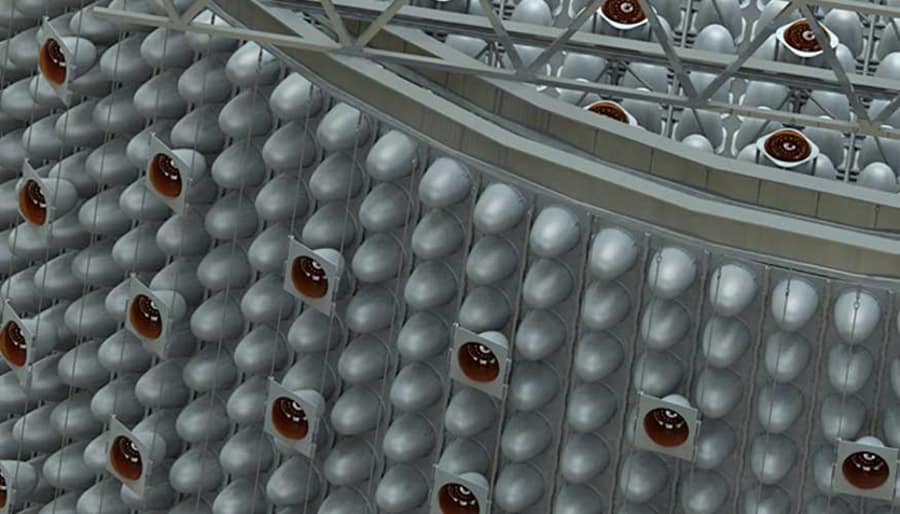Subterranean WATCHMAN sensor has sights on global security and astrophysics
Europe’s deepest operating mine is to host WATCHMAN, an instrument being developed to monitor nuclear plants more remotely and assist in revealing the origins of the universe.

Set to be built 1.1km underground at the ICL Boulby mine in North Yorkshire, the 6,500 tonne WATCHMAN detector will measure antineutrinos, which are harmless sub-atomic particles emanating from sources that include nuclear power stations.
The Anglo-US project was awarded £9.7m from the UK Research and Innovation’s new Fund for International Collaboration in January 2019 and is expected to be operational from 2022. If successful, the Advanced Instrumentation Testbed (AIT)-WATCHMAN project could lead to a scaled-up instrument designed to improve global security by tracking nuclear-weapons-grade materials.
Project partners at Lawrence Livermore National Laboratory (LLNL) in California said the depth of AIT-WATCHMAN means that naturally occurring cosmic ray particles - which continuously bombard the Earth’s surface - are reduced in rate by several orders of magnitude, removing a background that would otherwise interfere with the antineutrino signal of interest from Hartlepool nuclear power station some 25km away.
Register now to continue reading
Thanks for visiting The Engineer. You’ve now reached your monthly limit of news stories. Register for free to unlock unlimited access to all of our news coverage, as well as premium content including opinion, in-depth features and special reports.
Benefits of registering
-
In-depth insights and coverage of key emerging trends
-
Unrestricted access to special reports throughout the year
-
Daily technology news delivered straight to your inbox










Renewables Surge But Emissions Continue To Creep Up
"While power systems in many countries are on the cusp of – and in some cases have reached – decarbonisation" Only countries with good...